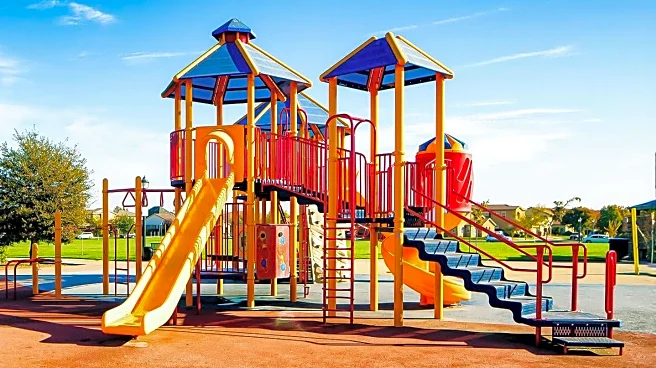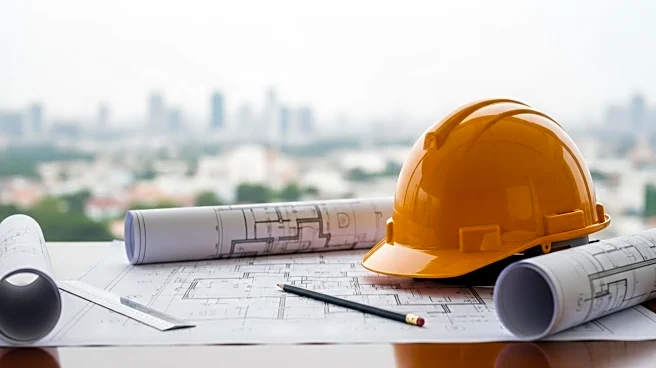What's Happening?
A mother has expressed her disappointment and frustration over the lack of accessibility at a newly opened play park in Salisbury River Park, Wiltshire. Rebecca Hemingfield, whose two-year-old daughter Hannah has cerebral palsy and relies on a nasal cannula, found that the park's equipment was not suitable for her daughter's needs. Despite claims from Salisbury City Council that the park was designed to be inclusive, with features like flat surfacing and wheelchair access, Hemingfield felt that the provisions were inadequate. Council leader Sam Charleston acknowledged that while efforts were made to accommodate neuro-divergent children, improvements could be made. The park was developed in consultation with the Disability Interest Group of Salisbury (DIGS), but the group's leader, Kez Adey, criticized the park for being unsafe for disabled children.
Why It's Important?
The issue highlights the ongoing challenges faced by families with disabled children in accessing public spaces that are truly inclusive. While the park was intended to cater to children of all abilities, the feedback from parents and disability advocates suggests a gap between intention and execution. This situation underscores the need for more comprehensive planning and consultation with affected communities to ensure that public facilities meet the diverse needs of all users. The dissatisfaction expressed by parents and advocacy groups could prompt local governments and planners to reevaluate their approaches to inclusivity in public spaces, potentially leading to more effective designs and policies that better serve disabled individuals.
What's Next?
The criticism from parents and disability advocates may lead to further discussions between Salisbury City Council and community groups to address the shortcomings of the park's design. There could be calls for additional modifications to the park to enhance accessibility and safety for disabled children. This situation might also encourage other municipalities to review their own public spaces and consider more inclusive designs. Stakeholders, including local government officials, disability rights groups, and community members, may engage in dialogue to find solutions that ensure public spaces are accessible to all.
Beyond the Headlines
The controversy surrounding the park's accessibility raises broader questions about societal attitudes towards disability and inclusivity. It highlights the importance of involving diverse voices in the planning and design of public spaces to ensure that they are welcoming and usable for everyone. This incident could spark a wider conversation about the need for systemic changes in how public facilities are designed and implemented, potentially influencing future policies and practices in urban planning and community development.











